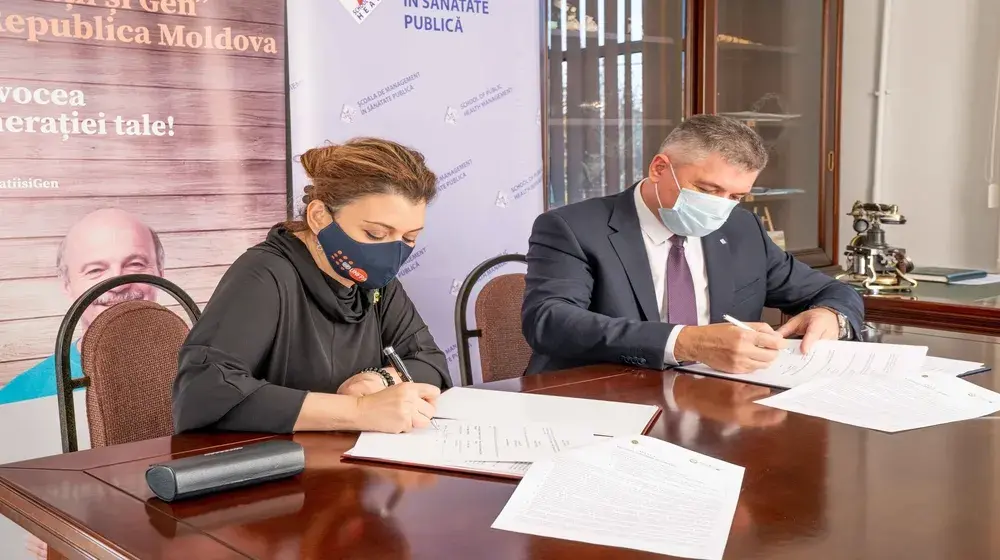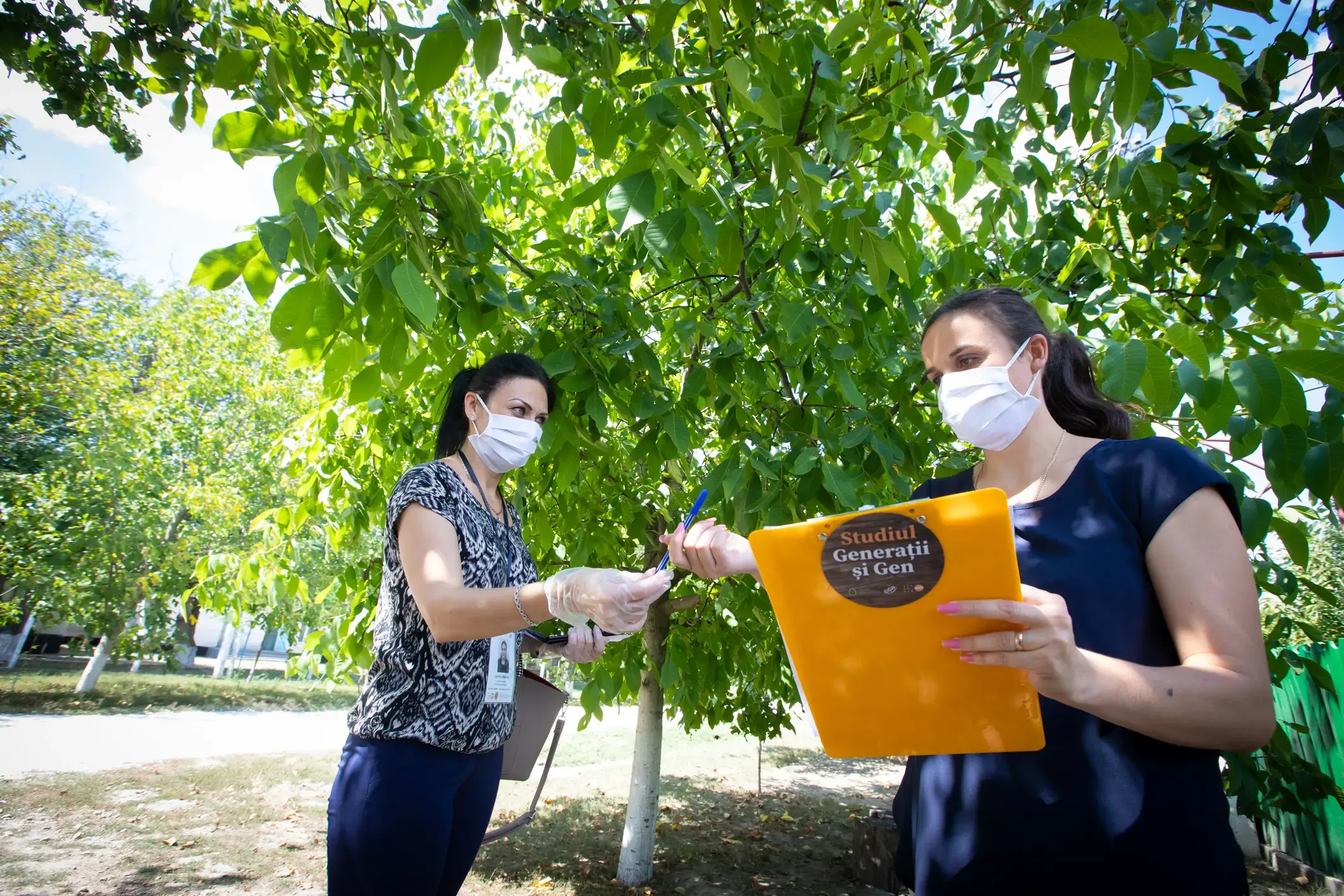Op-ed by Nigina Abaszada, UNFPA Resident Representative to the Republic of Moldova
Europe is in the middle of a demographic transition with far-reaching consequences. People have fewer children and live longer and healthier lives. Many are on the move in search of better opportunities.
As a result, Europe’s population is ageing rapidly. Already today, one in four Europeans is 60 years or older. By 2050, more than a third of the continent’s population will be in that age group.
This is happening mostly in Central and Eastern Europe, where fertility rates are particularly low, many people leave their countries to work elsewhere, and Republic of Moldova is not an exception.
The demographic study "Generations and Gender" recently launched in Chisinau shows that around 15% of the population of the Republic of Moldova intends to leave the country in the next 3 years, most of them young people with higher education. Most of those who want to leave are from Chisinau, but also from Taraclia, Basarabeasca, Ungheni and Drochia.
At the same time, the families have, on average, one, at most two children while their desired fertility comes to 3 children
These demographic changes are often portrayed as a concern and dealing with the effects of demographic change is not easy. Fewer and fewer working-age people need to provide for an ever-increasing number of older people. Social systems are coming under massive pressure. And it is costly to maintain infrastructure and services in ever-more sparsely populated rural regions.
These are challenges that need solutions. The good news is that there is a growing consensus on what works in addressing the effects of demographic change – and what doesn’t.
Much of the focus, especially in Eastern Europe, has been on raising fertility rates, and governments have tried to provide financial incentives to people to encourage them to have more children. The evidence we have suggests that this does not work very well: birth rates might go up temporarily but, generally speaking, the number of children women have during their lifetime barely changes. At the same time smart measures that make it easier for young people to start a family are essential for allowing people to have the number of children they want. This requires removing the many barriers people face when making decisions about children: economic uncertainties, high cost of housing, growing infertility, lack of affordable childcare, and the expectation for women to compromise on their careers and shoulder the burden of care alone.
What works, more broadly, in addressing demographic change is putting together a comprehensive package of policies that is people-centred and firmly grounded in evidence, and that addresses the many social, economic, political and cultural factors that influence people’s decisions and choices about their lives and futures.
And if this is done right, demographic change can open up opportunities for innovation that can catapult countries towards a more prosperous future. In Central and Eastern Europe, places like Cluj in Romania or Belgrade in Serbia have emerged as major hubs for the tech industry, attracting talent from within the country and from abroad.
Across Europe, migrants have returned home due to the COVID-19 pandemic, bringing with them valuable skills, know-how and networks. Rural areas are seeing a revival as digital nomads go in search of greener, more stress-free, more family-friendly lives. Governments are experimenting with ways to harness the contributions older people make and to better integrate them into the economy and society. And to open up labour markets and public life more broadly—to women, minorities and other marginalized groups—tapping into hitherto under-utilized resources. All of this contributes to making countries better able to tackle demographic challenges.
Together with the Government of the Republic of Moldova and the Ministry of Labor and Social Protection, UNFPA recently launched the most complex demographic study in the history of the Republic of Moldova - “Generations and Gender”. The study provides the answers to more than 500 questions about life, fertility and infertility, education, health, intergenerational relationships, values, family roles of more than 10,000 people across the country.
We hope that the information obtained and analyzed by experts and demographers will be a cornerstone of Moldova's efforts to shape its demographic future and find ways to thrive in a rapidly changing demographic world.
It is time to leave behind the narrative of anxiety and doom that has dominated the discourse for so long, and look at demographic change as an opportunity to build more inclusive, more diverse and, ultimately, stronger and more prosperous societies.





